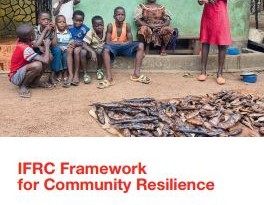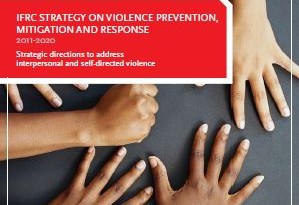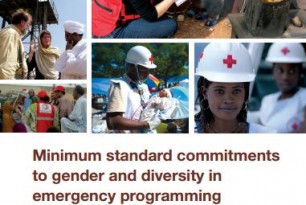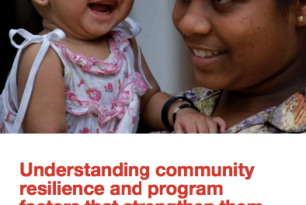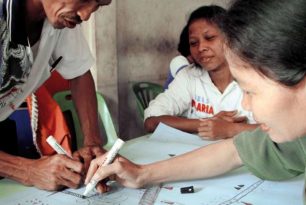
The aim of this manual is to introduce the user to project/programme planning in a Red Cross / Red Crescent environment. It describes the different stages of the planning phase of the “project/programme cycle” within the context of Results- Based Management (RBM). It also gives an overview of the various components of RBM and explains how to integrate and apply this approach in practice.
In addition, the manual summarises the other key phases of the cycle (assessment, implementation and monitoring, evaluation) and provides references to the key IFRC manuals on these phases.
![]()


